
- Generative AI - Home
- Generative AI Basics
- Generative AI Basics
- Generative AI Evolution
- ML and Generative AI
- Generative AI Models
- Discriminative vs Generative Models
- Types of Gen AI Models
- Probability Distribution
- Probability Density Functions
- Maximum Likelihood Estimation
- Generative AI Networks
- How GANs Work?
- GAN - Architecture
- Conditional GANs
- StyleGAN and CycleGAN
- Training a GAN
- GAN Applications
- Generative AI Transformer
- Transformers in Gen AI
- Architecture of Transformers in Gen AI
- Input Embeddings in Transformers
- Multi-Head Attention
- Positional Encoding
- Feed Forward Neural Network
- Residual Connections in Transformers
- Generative AI Autoencoders
- Autoencoders in Gen AI
- Autoencoders Types and Applications
- Implement Autoencoders Using Python
- Variational Autoencoders
- Generative AI and ChatGPT
- A Generative AI Model
- Generative AI Miscellaneous
- Gen AI for Manufacturing
- Gen AI for Developers
- Gen AI for Cybersecurity
- Gen AI for Software Testing
- Gen AI for Marketing
- Gen AI for Educators
- Gen AI for Healthcare
- Gen AI for Students
- Gen AI for Industry
- Gen AI for Movies
- Gen AI for Music
- Gen AI for Cooking
- Gen AI for Media
- Gen AI for Communications
- Gen AI for Photography
Generative Adversarial Networks Applications
Generative Adversarial Networks (GANs) can generate highly realistic data samples across various domains, so they gained significant attention in generative modeling.
GANs are a type of deep learning architecture that can generate highly realistic data which is difficult to distinguish from real data. Thats the reason GANs are used in various applications including image generation, cartoon characters generation, generation of 3D objects, and video prediction.
Applications of Generative Adversarial Networks
Read this chapter to get a clear understanding of the types of problems that GANs can address and the domains where they are widely used.
Generating Example for Image Dataset
GANs can be used to generate synthetic images which are difficult to distinguish from real data. This application is useful in cases where it is either expensive or difficult to get a large amount of real data.
Researchers can augment datasets with synthetic data and train ML models. It enhances the performance of ML models in various tasks such as classification, segmentation, and object detection.
Generating Photographs of Human Faces
GANs can generate highly realistic photographs of human faces, including those that dont even exist in the real world, with various characteristics like different ages, backgrounds, and expressions. We can use these generated faces in creating avatars for social media, generating training data for facial recognition system, etc.
For example, we have a tool Generated Photos that uses real-life and synthetic datasets for generating human photos from scratch by AI. Below is an example of photo generated by this tool based on the description provided in left side.
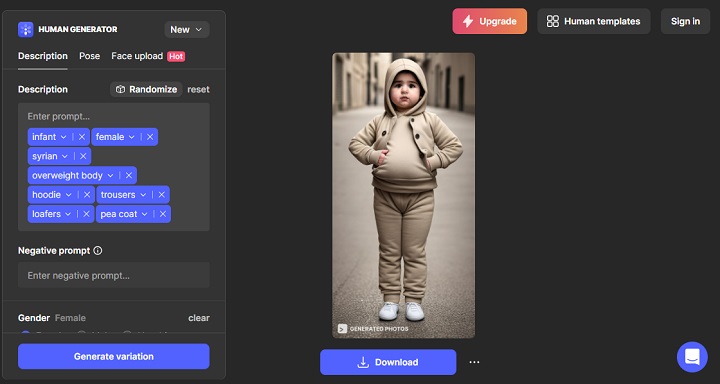
Generating Realistic Images
GANs can generate highly realistic images of objects, scenes, etc. We can use these generated images in various domains like virtual reality (VR), gaming, and content creation. For example, in architecture and interior design, architects can use GANs to generate realistic visualizations of buildings and interiors.
One such tool is DALL.E 3 which is developed by OpenAI. It is an AI-powered image creator that changes the way architects generate visuals and scale their designs.
Generating Cartoon Characters
Artists and animators can use GANs to generate cartoon style images with different styes and characteristics. These generated cartoon images can be used in animation, comics, and character design. For example, we have the tool Toonify for generating cartoon characters.
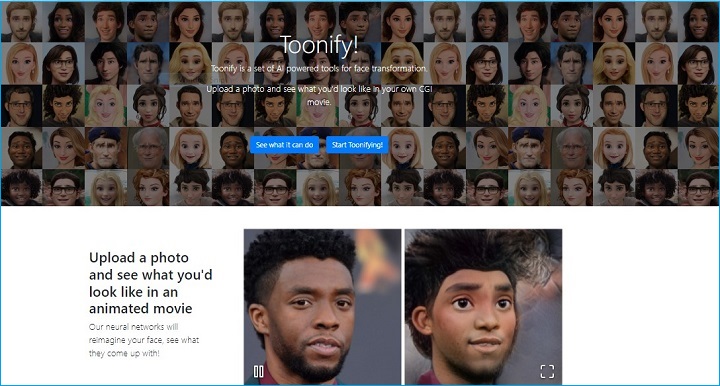
Image-to-Image Translation
GANs, specifically Conditional GANs, are best suited for tasks like translating images from one domain to another. Translating images includes converting satellite images to maps, transforming sketches into realistic images, or converting day-time scenes to night-time scenes etc. For example, Kapwing.com provides us an AI image translator tool.
Semantic-Image-to-Realistic Image Translation
GANs can generate realistic images based on textual descriptions or semantic layouts. For example, if you provide a semantic layout of a room, GANs can generate a photorealistic image of that room. This technique is useful in the field of architectural visualization and interior design.
Generating Face Frontal View
GANs can generate frontal views of faces from non-frontal images. This application is useful in face recognition systems. For example, Picsart is a popular tool that you can use for generating AI faces.
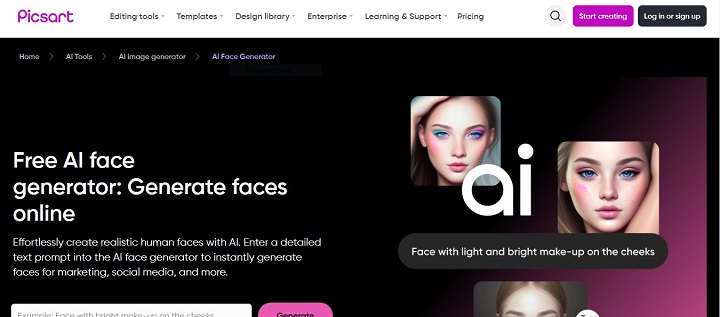
Generating New Poses
GANs, specifically StyelGANs, can generate new human poses. This technique finds its best application in animation, sports analytics, and virtual try-on applications. For example, in sports analytics, GANs can be used to generate realistic poses for athletes to analyze their movements and techniques.
Generating Emojis from Photos
GANs can create personalized emojis-style images from the photographs you provided to it. This helps enhance the communication platforms with custom visual expressions. For example, you can use "magickimg.com" to generate emojis from photos.
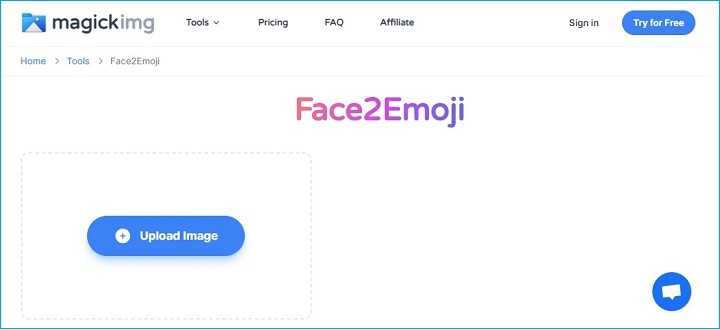
Image Super-Resolution
GANs can be used for image super-resolution tasks in which low-resolution images are transformed into similar high-resolution images.
Image Inpainting using GAN
Based on contextual information, GANs can fill in missing parts of the images. For example, image inpainting techniques using GANs can reconstruct damaged areas in photographs that helps in the recovery of valuable visual information in forensic investigations or in historical document preservation. Fotor.com provides us an AI tool for image inpainting.
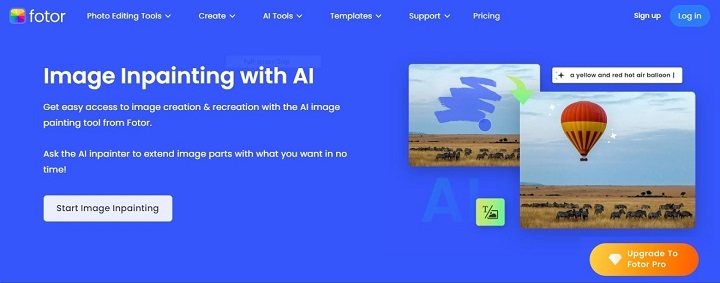
Video Prediction using GAN
Based on a given sequence of past frames in a video, GANs can generate realistic future frames in a video sequence. This helps in reducing the amount of data required to store and transmit videos. This technique is very useful for entertainment and virtual reality applications.
Generating 3D Objects using GAN
GANs can generate realistic, high-quality 3D models of objects like buildings, cars, and people from their 2D images. We can use this in virtual reality, video games, and computer-aided design (CAD). We have a tool Meshy which can generate 3D objects.
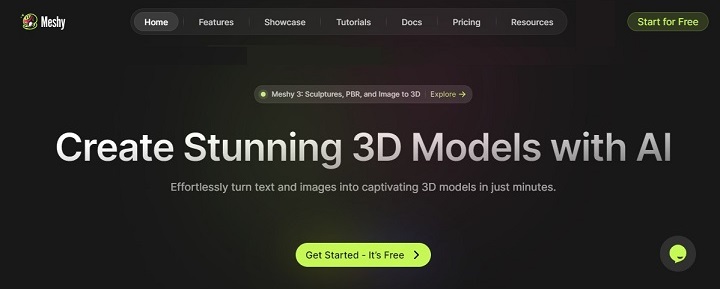
Clothing Translation
GANs have been used to develop systems for clothing translation which converts an image of clothing from one design to another. The tool named Resleeve can be used for this application. It also gives you a free trial.
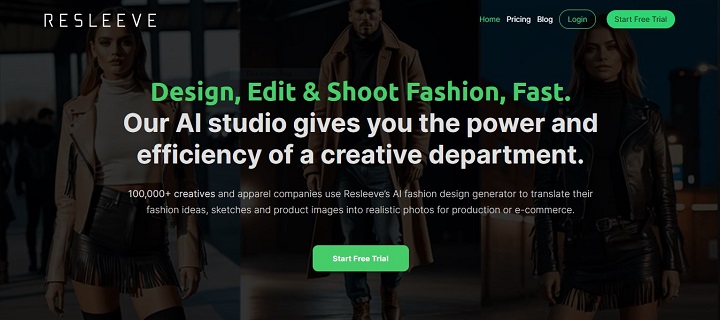
Face Morphing
GANs provide us with smooth morphing between different facial attributes. This feature makes GAN useful for applications like age progression, gender transformation, and facial expression transfer. For example, Toonify can also be used for face morphing.
Conclusion
The applications of Generative Adversarial Networks (GANs) explored in this chapter demonstrate the remarkable potential of this cutting-edge technology across various domains.
GANs provide innovative approaches to image-to-image translation, generating new poses, and semantic-image-to-realistic photo translation.
From generating realistic images of human faces to enhancing the resolution of photographs and enabling virtual try-on experiences in the fashion industry, GANs have changed the way we create, manipulate, and interact with visual content.